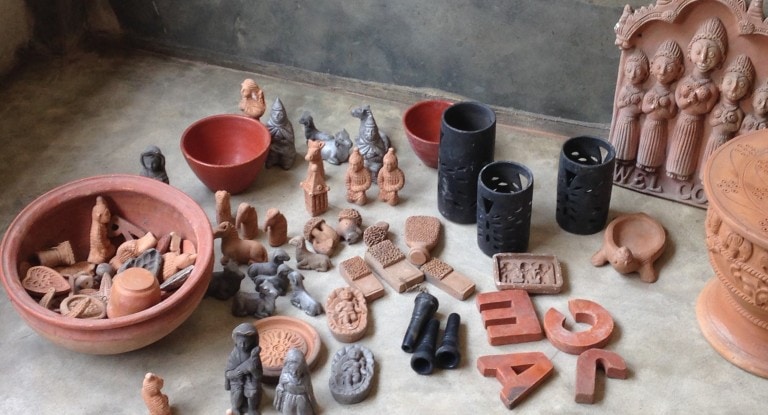By Guest Blogger Nishant Das
Thinking of developing a product line? Here are a few things to consider (although transferable to any product line, this primarily focusses on considerations for artisan groups).
1. External (Visible) Considerations
A ‘product line’ is a broad term, so first determine what type of line you want to develop. Here are a few different types:
1.A. Piggyback Lines
If an individual product is doing well, there is the possibility that if expanded into a line of products with similar characteristics, these new items would also sell well.
1.B. Function-Based Lines
Develop a family of products with similar characteristics (materials; colours; patterns) for a certain function. This can include toys, clothing, office stationary, kitchen utensils, or home décor.
1.C. Seasonal Lines
There are cyclical trends that can help you channel your focus. This can be based on the weather (like summer), or on holidays (like Christmas). In many cases, you don’t have to develop original products, but rather customize traditional products. For example, the basic components for a Nativity Set don’t change but how they are styled or materials used can vary.
The timing is a critical for seasonal lines. On average, products need to be ready four to six months in advance and they will primarily only sell for a short timeframe each year.
1.D. Cultural Lines
Capitalize on the uniqueness of your context by embracing local materials and crafting techniques. By opting to use cheaper inputs (like jewelry beads from China), the novelty of the product is compromise and there is no distinction from your brand and cheap mass produced items.
1.E. Price-Based Lines
Price points are important to pay attention to in all product lines, but one can also develop a line to fit a specific price point. Understanding the final price of a product can help understand its target customer.
Generally speaking, products in the lower price range of a category sell well as they appeal to price conscious consumers. Products in the middle price range are a challenge because it is hard to communicate the value received for the price paid, so there is lots of room for innovation to capture this segment. Lastly, products in the high price range (that clearly resonate their value for price) typically appeal to those who have a lot of disposable income, but there is now a growing segment of those that are willing to save up for a unique item. These expensive items may not move as quickly, but profit margins tend to be higher.
2. Internal (Behind the Scenes) Considerations
The success of a product line also requires several considerations for supporting functions.
2.A. Tracking Sales
If a product in a line isn’t moving, there could be several reasons (wrong pricing; mismatched target market; doesn’t fit with the rest of the line; colours aren’t trending). Keeping items for the sake of having a product line not only loses money from the item not moving, but it can actually negatively impact other products. This is because it diminishes the resources to promote popular items or develop new products.
2.B. Tracking Costs
It is difficult to balance the value received for the cost paid, and profits to cover costs. Over time, input costs can increase, thus reducing profit margins. By tracking costs, one can determine if products in a line need to be dropped, re-positioned to a new price point, or redesigned with different materials or processes.
2.C. Inventory & Supplier Management
No one operates in a vacuum; therefore it is important to ensure the different inputs and their vendors are reliable and the supply chain is free from obstruction. Through regular monitoring, challenges in supply can be accounted for and the final products can be completed accordingly.
3.Things to Note
No matter what product line you develop, all the items in the line should look like they belong to the same ‘family’. This means that they should have a strong theme or characteristics to tie them together.
It is also important to consistently update your lines though simple acts like changing colours to match current trends.
Lastly, ask your customers for feedback and actively listen to their comments. Their insights can help improve your product line, give ideas for expanding the line, or give ideas for developing a new line.



